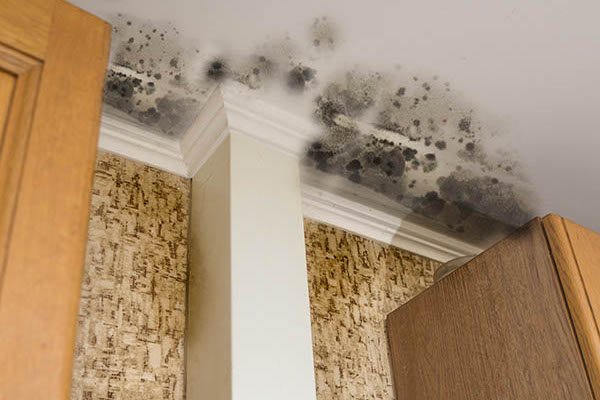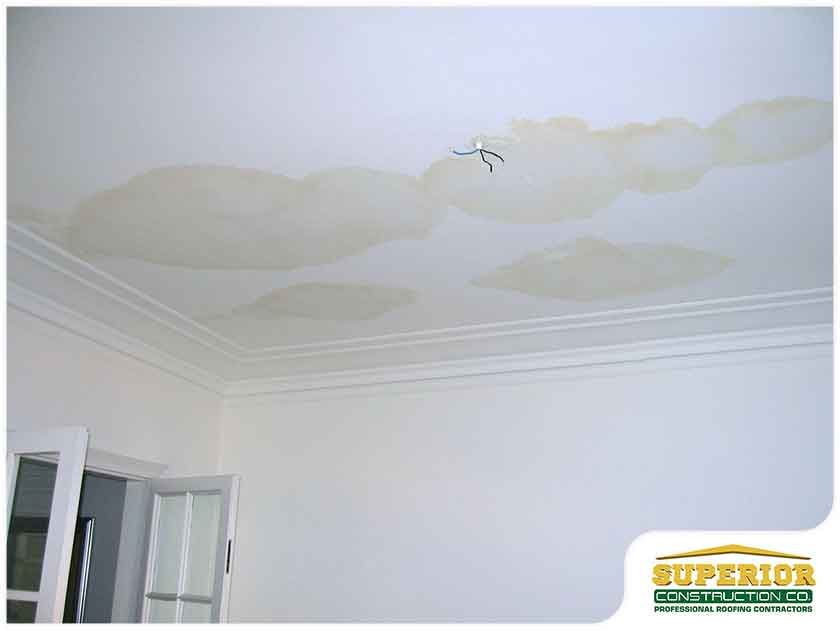Instructions to Spot and Resolve Water Stains Properly
Instructions to Spot and Resolve Water Stains Properly
Blog Article
Each person has his or her own piece of advice about How to Find and Repair Water Leaking in the Wall.

Water spots on wall surfaces are not pleasurable to the eyes. Sometimes it seems virtually unavoidable to experience water spots on wall surfaces in homes.
Property owners living in moist regions regularly deal with the worry of water discolorations on wall surfaces. With precise and well-shaped info on the reasons of water stains and also prompt repair service procedures, you will always be an action ahead of such incidents.
3 Usual Causes of Water Spots on Wall Surfaces
Unlike popular belief, water stains on walls do not always stem from bad building materials. There are several root causes of water spots on walls. These consist of:
Wet
When hot moist air consults with dry cold air, it triggers water droplets to base on the walls of buildings. This takes place in bathroom and kitchens when there is heavy steam from cooking or showers. The water droplets can tarnish the surrounding walls in these parts of your residence and infect other areas.
Moist or condensation affects the roof as well as wall surfaces of structures. This triggers them to appear darker than other locations of the house. When the wall surface is wet, it produces a suitable atmosphere for the development of microbes and also fungi. These might have unfavorable impacts on wellness, such as allergic reactions and respiratory conditions.
Poor Drainage
This will stop water from seeping into the wall surfaces. This web links to excessive dampness that you notice on the walls of your structure.
So, the leading reason for damp wall surfaces, in this case, can be a poor drain system. It can likewise be because of bad monitoring of sewer pipes that run through the structure.
Pipe Leaks
A lot of houses have a network of water pipes within the wall surfaces. It constantly boosts the feasibility of such pipes, as there is little oxygen within the wall surfaces.
Yet, a drawback to this is that water leakage influences the walls of the structure and creates widespread damages. An indicator of faulty pipes is the look of a water stain on the wall surface.
Pro Suggestion
A houseplant in your house additionally increases its humidity. If the house is already humid, you may want to present houseplants with marginal transpiration. An instance of ideal houseplants is succulents.
Water Discolorations on Wall Surface: Repair Tips
When dealing with water spots, property owners would normally desire a quick repair. Yet, they would certainly quickly recognize this is detrimental as the water spots persist. So, here are a few practical pointers that will certainly lead you in the repair service of water stains on wall surfaces:
Conclusion
No one desires to have water stains on wall surfaces in their residence, it can happen to the finest of us. This article offers you take advantage of, as you now understand how to handle this mishap if it does happen.
It is constantly best to hire professional solutions to aid repair the problems in your house.
In some cases it seems nearly inevitable to experience water stains on walls in homes.
In contrast to popular belief, water stains on wall surfaces do not always stem from inadequate building products. There are a number of reasons of water spots on wall surfaces. The water droplets can discolor the surrounding wall surfaces in these components of your house as well as spread to other locations.
Below are a few practical ideas that will guide you in the repair of water discolorations on walls:
CHECKING FOR WATER DAMAGE
Water damage can be costly, and it may begin before you even notice the first signs of trouble. Water damage can cause mold and mildew in your walls and floors, which can create an abundance of health concerns for your family. It can also lead to costly repairs of various appliances and general home fixtures. To avoid the pricey consequences of water damage, here are Warner Service’s top 5 places you should check:
The walls – The easiest place to spot the beginnings of water damage is on the walls and ceilings of your home. If water damage is present, there will most likely be water stains, especially around the windows and doorframes, and/or cracks in the drywall. If a stain looks unusual (discolored to brown, black or gray, raised texture), has a swollen appearance or is soft to the touch, contact a professional immediately. The pipes – To avoid water damage, consistently check the pipes in your kitchen (especially the dishwasher and ice maker), bathrooms, laundry room (specifically washing machines) and basement for corrosion, leaks and water stains. Pay special attention to where the pipes connect in your home and the location of caulking around the bathroom fixtures, including toilets, sinks, showers and tubs. Missing or loose caulking and grout could be signs of leaking water. This seepage can also quickly cause mold and rust, so double check your water heater and tank for wet spots on the floor. The floor – Water damage is very easy to spot on the floor. Look for any warping or buckling of the material, especially in the basement. If your home has wood flooring, look for bright white or dark stains. If your home has carpeting, keep it dry and clean. A damp carpet that smells of mold could cause water damage and health problems. To avoid this, consider installing floor pans under your appliances to help prevent damages from small, slow and undetected leaks. The basement and attic – If your basement or attic smells odd check for mold and mildew around the area, especially the valley where the roof meets. While you are inspecting those areas, check for wall cracks, floor stains, rust and dampness in the insulation. If you live in a colder and/or rainier climate, perform routine checks for water damage from melting snow or ice and rain. The exterior – Check the roof for damaged flashing and missing, cracked or curled shingles. There should also be no standing water anywhere outside your home. This could be caused by puddles, leaky rain gutters or hoses, poor drainage, or short gutter spouts. Invest in a sump pump system or water flow monitoring system, and perform routine maintenance on these outdoor appliances to avoid indoor water damage.

I was shown that editorial on Indicators of Water Damage Behind Walls from an associate on our other web blog. Enjoyed reading our entry? Please share it. Help someone else locate it. Thank you for your time. Come back soon.
Clog issue? Reach out! Report this page